Gardening with Pollinators in Mind
Posted by Aaron Barton & Jessie Jacobson on Apr 9th 2021
Spring Clean-up
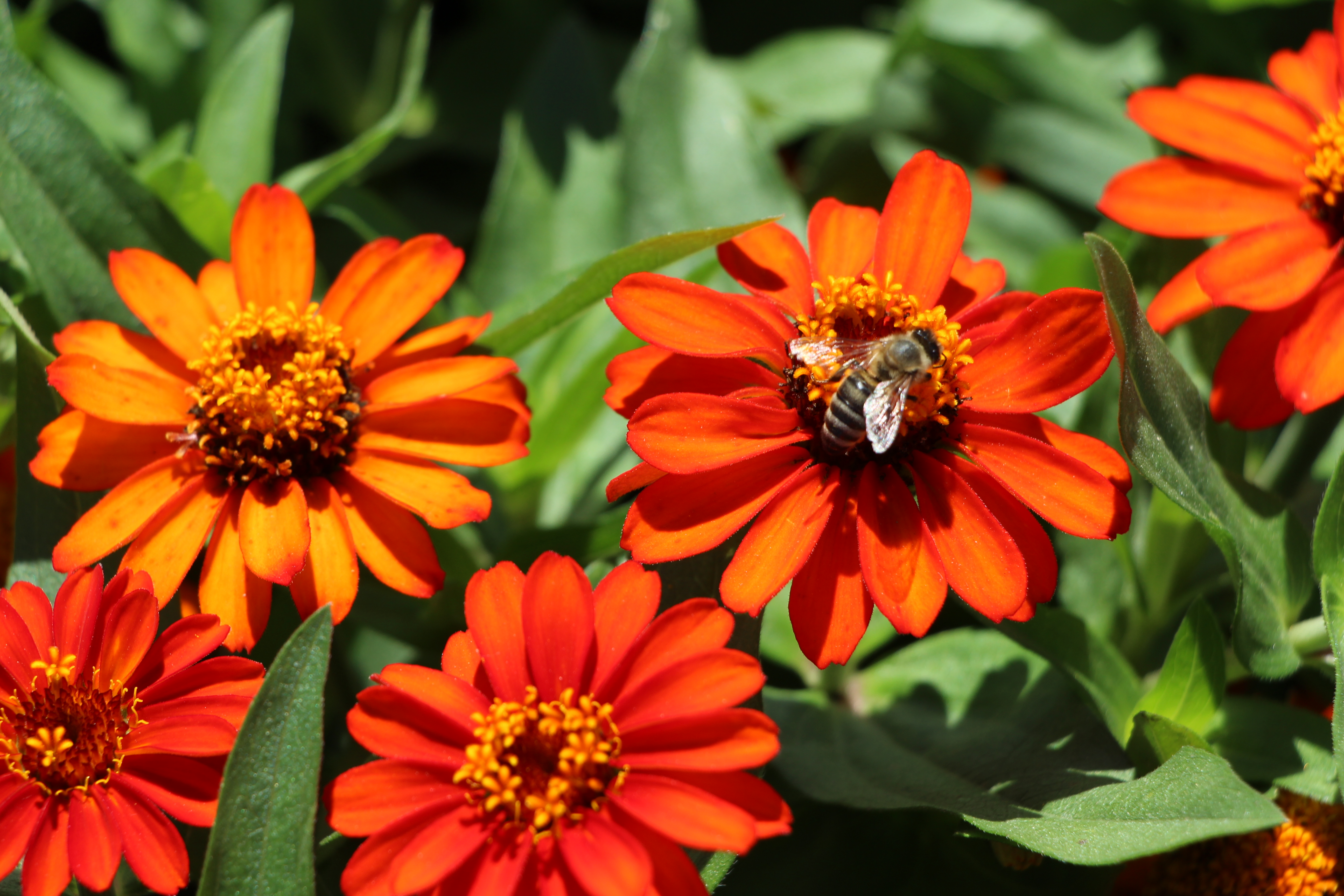
The days are getting longer, and the grass is getting greener. We are all anxious to get in the garden and dig. Out with the old, in with the new! Am I right?! But before you go all Edward Scissor Hands on the shrubbery, keep a few simple things in mind!
Wait as long as you can before you begin spring clean-up. Our pollinator friends and beneficial insects may still be in diapause (a fancy name for a long winter nap). Native bees, lacewings, and parasitic wasps overwinter in hollow plant stems. Ideally you should wait until the daytime temperatures are consistently about 50 degrees for 7 days in a row before beginning spring cleanup. This allows for the soil to warm up and dry out too which is best for soil structure as you begin to dig and walk in the garden.
If you just can’t wait and you’ve already had your first mosquito bite (I have two!). Here are some tips to get started. Suns out, buns out!
- Cut, gather, and pile loosely perennial and woody stems at the edge of the garden or in the compost pile. If you want to go all the way, tie bundles with jute and position along a fence or the edge of a wooded area to allow for native bees to move in and brood!
- Carefully cleanup leaves. Many beneficial insects, including pollinators overwinter in leaf litter. Keep a sharp eye out for these precious princes and princesses. Maybe pile leaves lightly out of sight for just a bit longer.
- Don’t mulch just yet. And stop it with the overly mulched yards – especially dyed, glued, and synthetic mulch products which can be toxic to pollinators and beneficial insects. Covering the ground too early with mulch will slow soil drying and warmup and also block insect emergence.
- Watch for overwintering butterflies and moths. In Minnesota, there are 9 species of butterflies that overwinter in hollow logs and loose bark. These include the red admiral, question mark, mourning cloak, Compton’s tortoiseshell and Milbert’s tortoiseshell.
Why should we love Pollinators?
Pollination is a vital ecological process involving the transfer of pollen from the male part (stamen) of a flower to the female part (stigma) of the same flower or of a different flower of the same species (remember when we learned about plant morphology?), resulting in the fertilization of the flower and subsequent production of fruits and seeds.
Who are these incredible pollinating creatures?
Pollination is primarily facilitated by various insects and other animals (pollinators), including bees, butterflies, hummingbirds, moths, beetles, flies, wasps, and bats, which require favorable habitats to survive and thrive to engage in pollination. Not only do they move genetic material around resulting in fruit and seed formation, but they also collect nectar for fuel and pollen for protein.
Creating a garden environment that is attractive to pollinators helps preserve their populations and ultimately facilitate this critical process, providing tremendous benefits for us and our environment.
Pollinators are powerhouses essential to life on earth!
Of the 1,400 plants grown for food and plant-based products worldwide, nearly 80% require pollination by insect or other animal pollinators. Adequate pollination also results in larger, higher quality fruits and higher crop yields. Pollination of native plant communities also helps stimulate natural plant processes of air and water purification, whose importance only continues to grow as climate change continues to progress. Pollination is additionally essential for genetic diversity and adaptation.
Pollinator populations are increasingly at risk due to habitat loss, introduced disease, pollution, and pesticide use - threatening populations, and our ecosystem. Making space in your garden to attract and house pollinators is an easy process and should be of primary importance for all gardeners.
Plant plants, it’s important.
Don’t be too concerned about what you plant, just get to it. Prioritize native plants and avoid modern hybrids, as many newer hybrids select for larger blooms and color at the expense of nectar and pollen production, with some not producing any nectar or pollen, and others can be too complex for pollinators to navigate. Many annuals are extremely attractive to pollinators and are great at signaling them to visit your yard, but again may not be the best source of nectar and pollen.
Vary flower shapes to attract a broad range of pollinators.
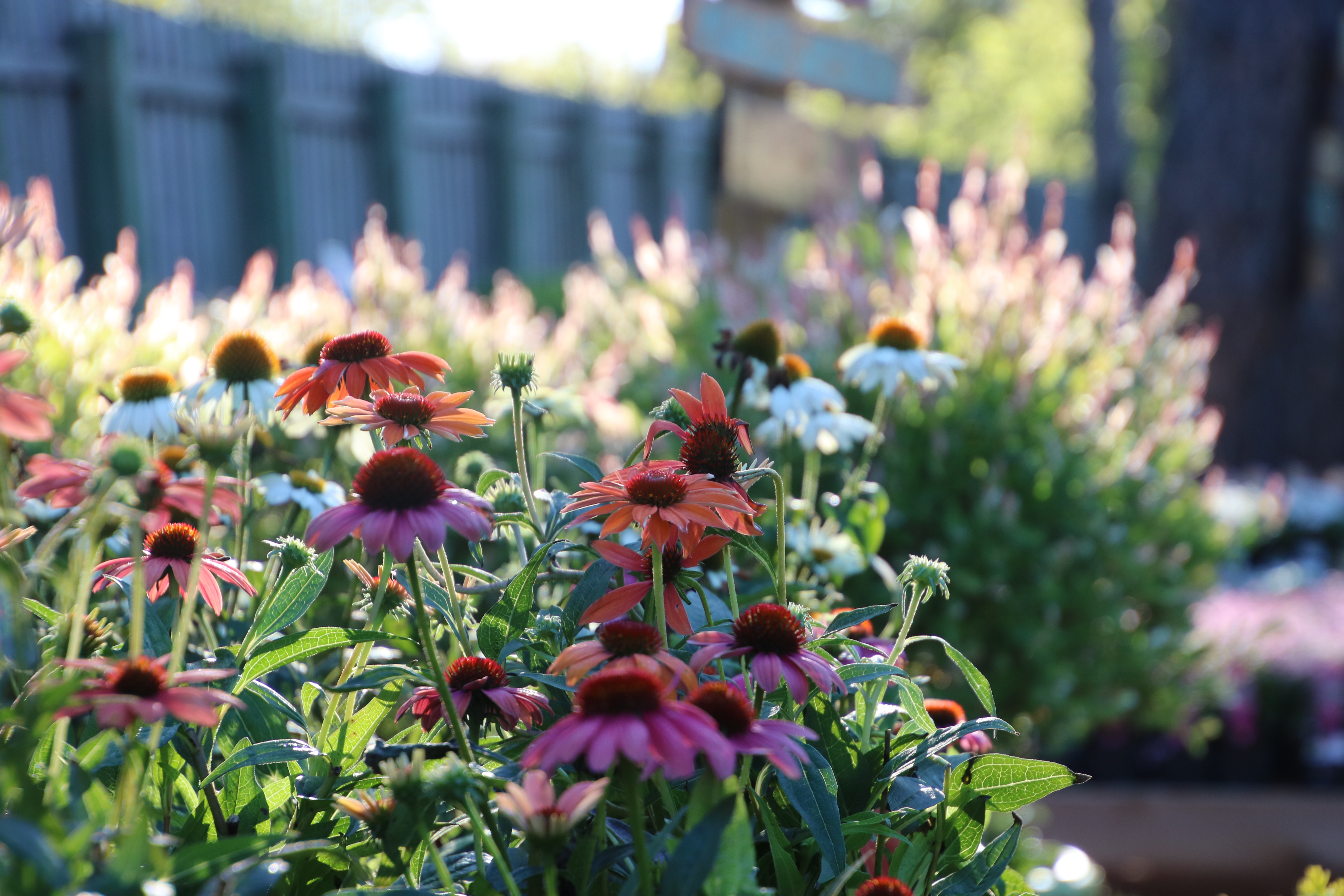
Composite: daisy shaped flowers such as echinacea provide a platform for resting. Attractive to flies, butterflies, and wasps.
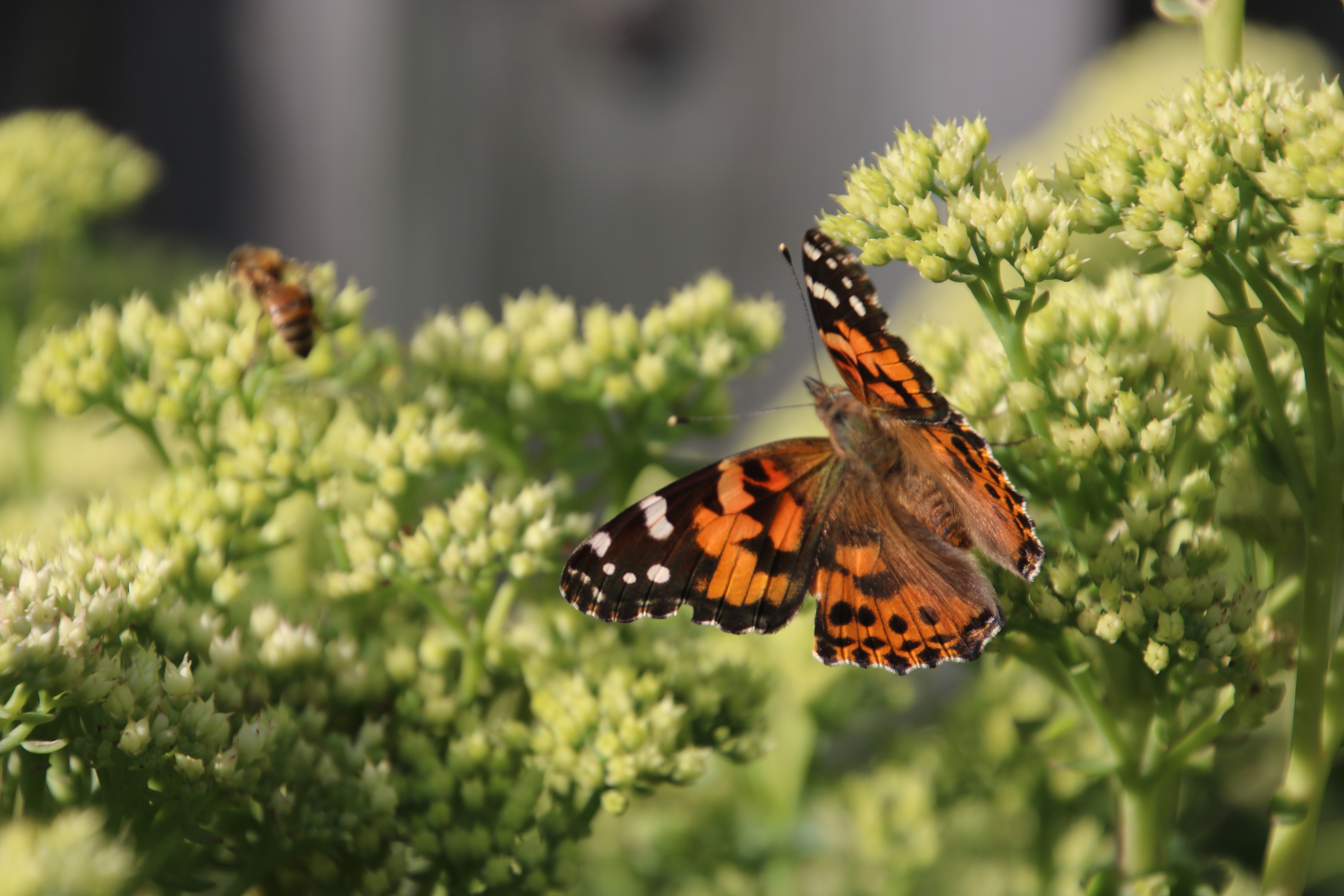
Umbelliferous: umbrella shaped flowers such as dill and coriander have numerous small shallow flowers with flat landing platforms. Attractive to flies and short-tongued bees.
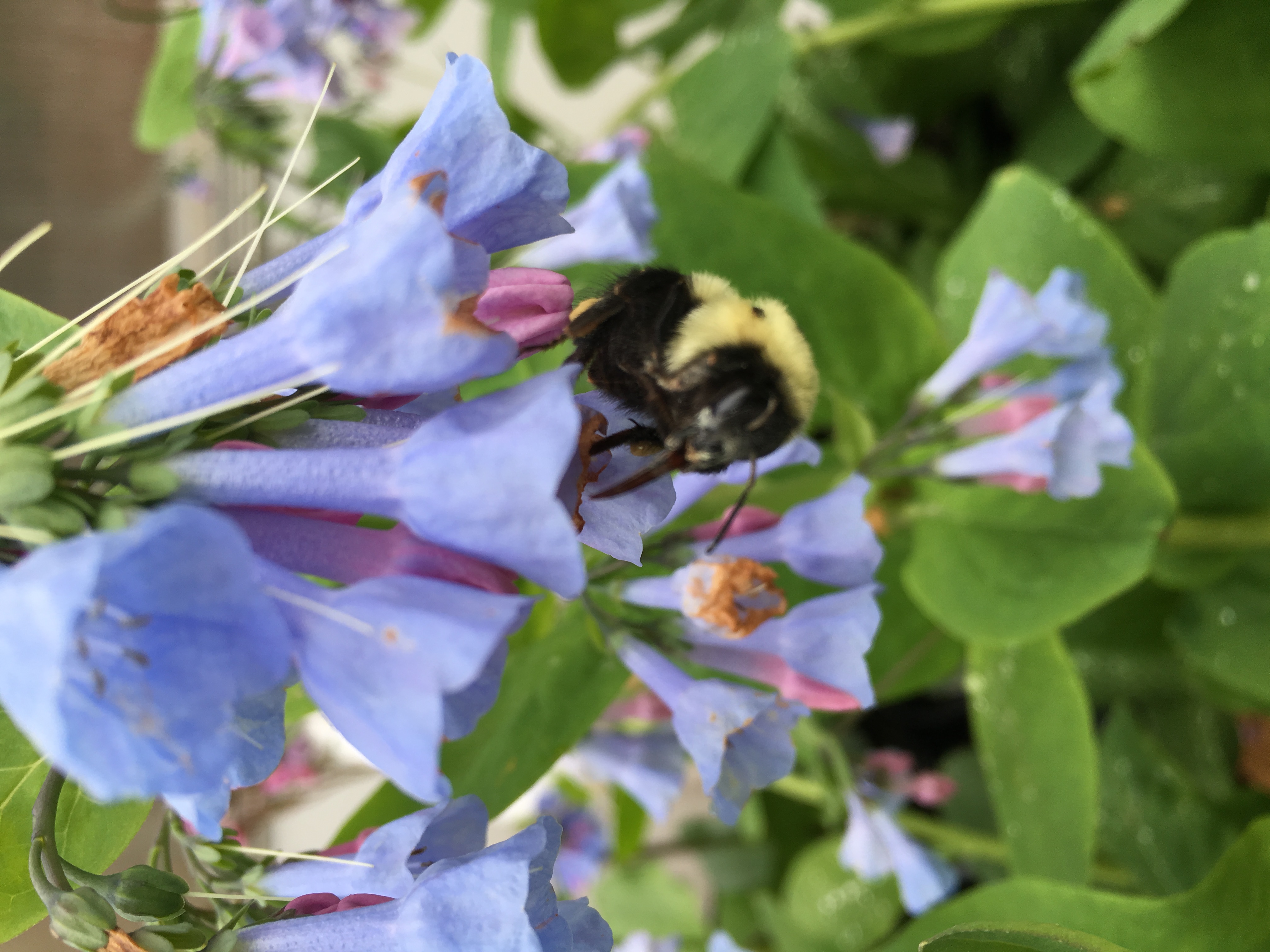
Tubular and bilabiate: trumpet shaped flowers such as phlox, penstemon or flowers with a lip such as lobelia and members of the mint family. Long tubular flowers that have a flat lower lip provide a landing pad for bees.
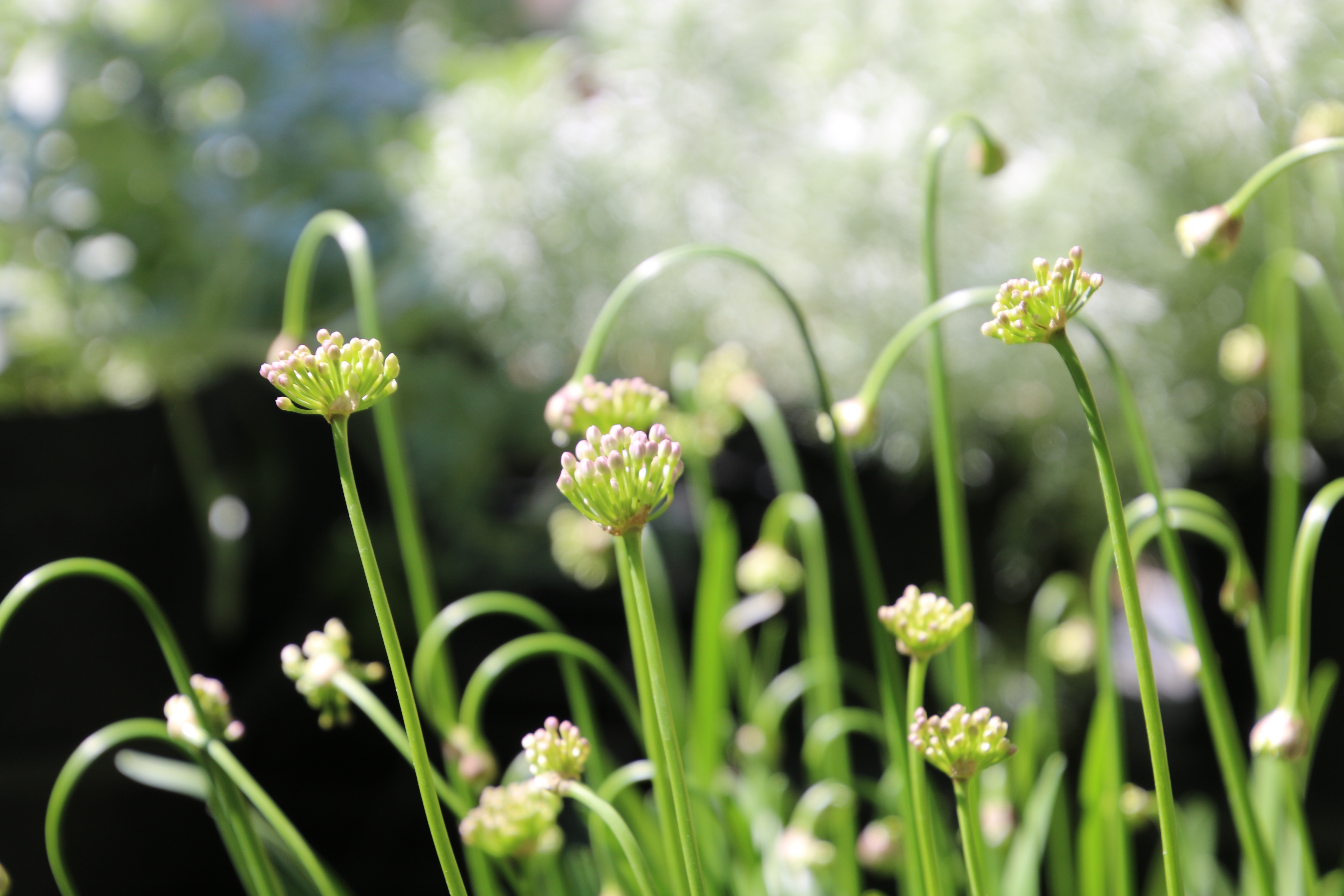
Nodding: flowers that nod or hang down with no suitable landing area include campanula and allium are attractive to hovering insects like small bees and flies.
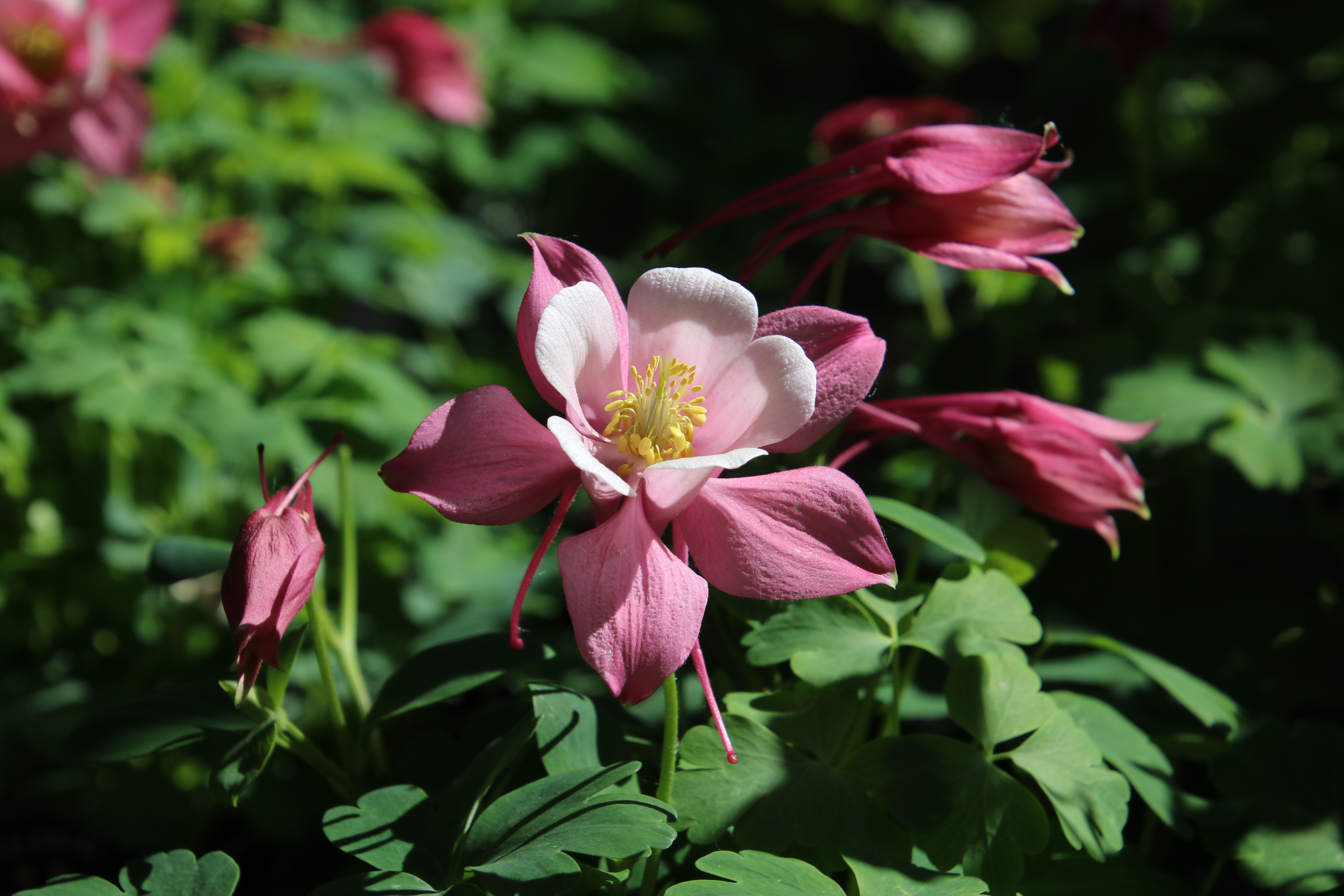
Complex flowers: Columbine and Dicentra house concealed nectar in spurs that can only be reached by visitors with long tongues.
Planting arrangement
- Plant in large groupings; larger swaths of singular colors will better attract pollinators.
- Include a variety of colors to help attract a greater variety of pollinators.
- Arrange plants so that habitats for both young and mature stages are in the same area.
- Plant dense drifts of plants; avoid leaving large gaps between plants.
- Plant in sunny areas as most pollinators prefer to be in the warm sun.
Food and water supply
- In addition to planting nectar-rich plants for pollinators, also consider food sources for younger life stages.
- Plant larval host plants for immature pollinators to forage and live on are just as important as nectar-filled flowers. This dill or fennel for swallow tail butterflies and milkweed for monarchs.
- Provide fresh, clean water sources for pollinators and replace regularly.
- Slightly overripe fruit and sugar water trays are also great additional sources of sugars but be sure to monitor and clean regularly.
Habitat, Protection, and Pesticides
- Provide flat stones or pavers for pollinators to warm up in the sun, especially on colder mornings.
- Avoid or eliminate pesticide and fungicide use, especially the usage of neonicotinoid containing pesticides (ex. Imidaclorpid) which are deadly for pollinators. Fungicides are known to weaken the immune system of pollinators and to also magnify the effects of other toxic chemicals
- Reconsider your tolerance for pest occurrence or pest damage. If absolutely necessary, apply pesticides that are specifically targeted for the pest you are treating vs broad spectrum applications. Apply only in the early morning or evening when pollinator activity is low to minimize harm to their populations. Never apply to open blooms. Follow the label. It’s the law.
Provide Blooms all season long!
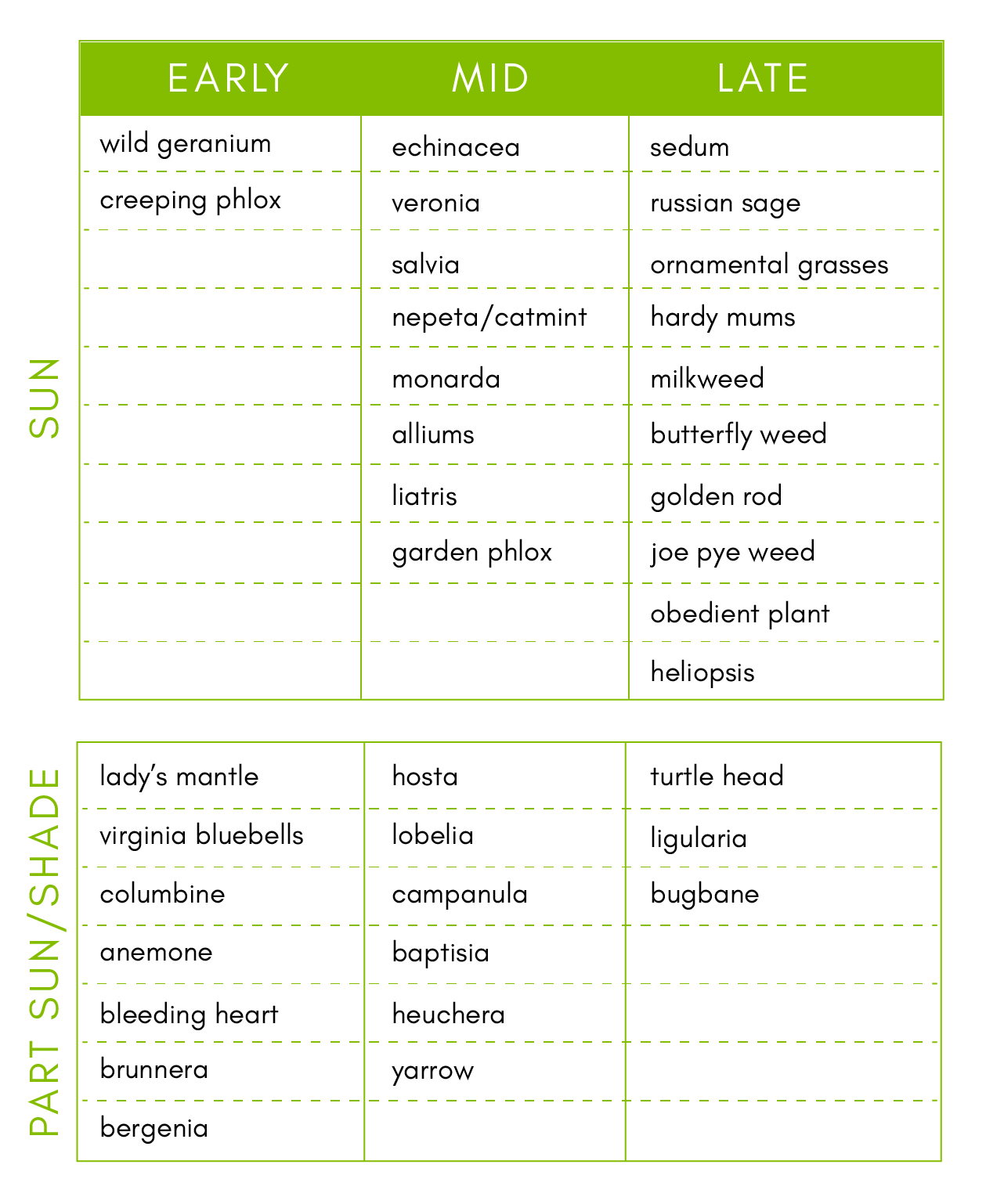
You get more than you give.
Gardening is no doubt hard work. It takes time, patience, funds, and physical labor. However, not much gives me greater joy then sitting back with your favorite beverage to watch the birds, the bees, and the butterflies at work. Simply said they just makes you smile, and it gives me the tingles just thinking about it!
Check out this Pollinator Promoting Checklist by The Xerces Society. We challenge you to check off a few in each category this season!
Happy Spring!
Further Reading:
Protecting Pollinators at Home
Nesting and Overwintering Habitats
https://xerces.org/publications/fact-sheets/nesting-overwintering-habitat
University of MN Extension
https://extension.umn.edu/lawns-and-landscapes/flo...
University of MN Bee Lab
Other/Sources:
https://www.fs.fed.us/wildflowers/pollinators/docu...
https://www.fws.gov/pollinators/PollinatorPages/Yo...
